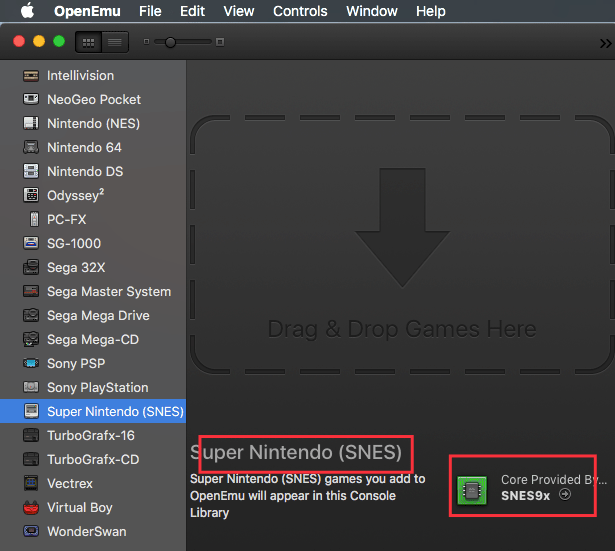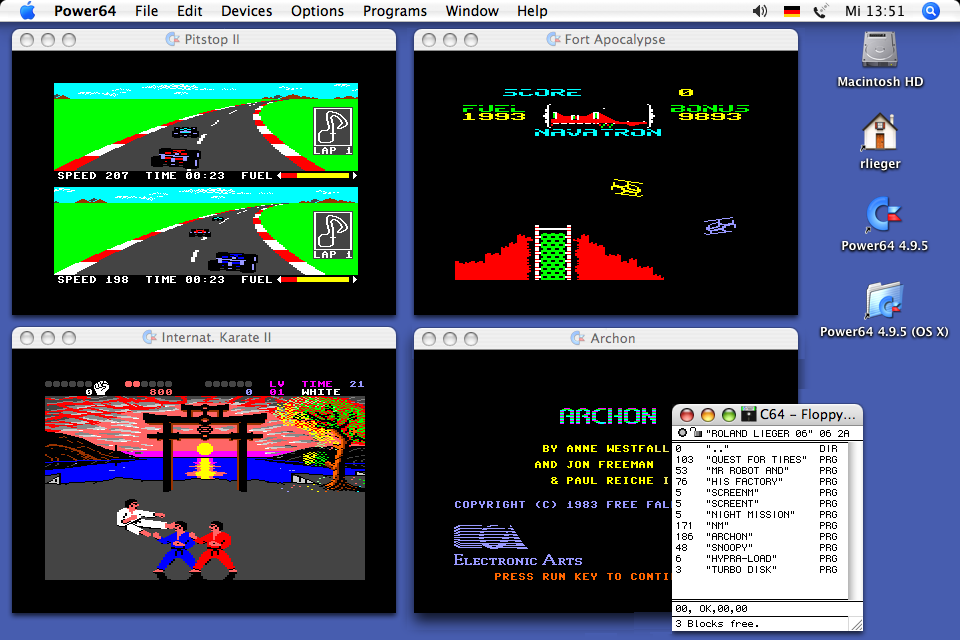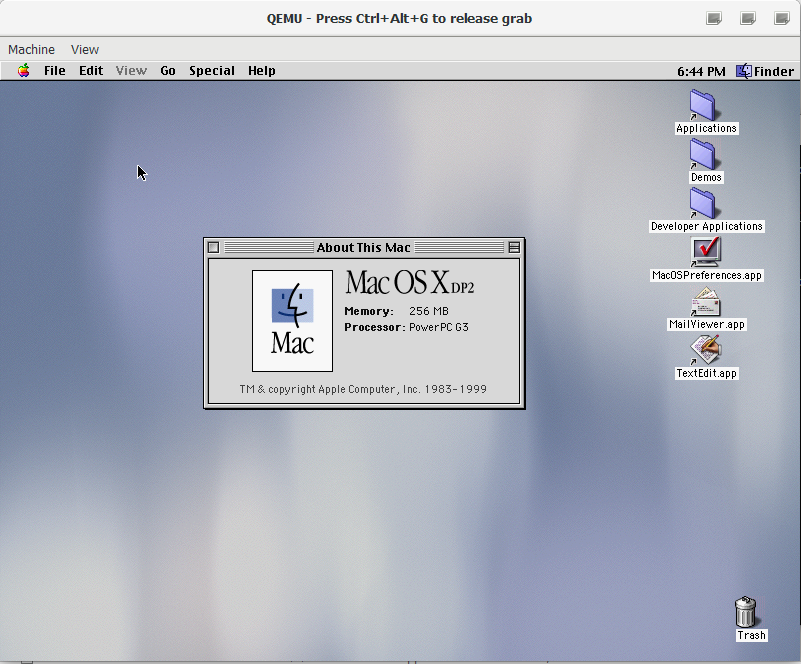

It cannot be renamed to remove the (Mac OS 9). 'Applications' is now used for OS X applications, and 'Applications(Mac OS 9) for OS 9 apps. 9.1 changed that, as it shipped at the same time, and along with,Mac OS X 10.0. In 9.0 - 9.0.4, most applications would install to the 'Applications'folder. You record a phrase and when you log in it does not justcheck the phrase but also that you are the one saying it.Īlso on the subject of security, MacOS 9 adds the ability to encryptfiles on your hard drive.Ī screen shot of MacOS 9 browsing the hard drive to show some of itsicons. This is the multiple user control panel used to add and modify usersettings.Ī very funky feature of MacOS 9 is that it can use your voiceprintas a password. With multiple users enabled the above login box appears at startup.Microsoft completely ripped off the appearance of this login window inWindows XP.

Users can be given limitedpermissions so as to prevent them from messing up the Mac while still lettingthem use it.įirefox 10 7 5 mac. Each user can have adifferent desktop theme and sound settings. Mac OS 9 can, optionally, have multiple users.

You can now simply drag tiles onto the strip to installthem, instead of having to put them in 'Control Strip Modules.' You cannow also delete one by holding the Option key, then dragging it out. The control strip, which was available for earlier versions of MacOShas been improved. (Note, these screen shots alsoshow a useful third party utility called 'Dave' that enables Macs to fullyparticipate in a Windows NT network) Over all the user interface is not muchdifferent from the MacOS 8.x desktop but there have been many technicalimprovements and some new features added.

MacOS 9.2.2 is the last versionof MacOS based on the original Macintosh operating system. MacOS 9.0 was released in October 1999 with the final update for it,version 9.2.2, release in December 2001. Basilisk II is distributed under the terms of the GNU General Public License (GPL). However, you still need a copy of MacOS and a Macintosh ROM image to use Basilisk II. That is, it allows you to run 68k MacOS software on your computer, even if you are using a different operating system. Basilisk II is an Open Source 68k Macintosh emulator. Note that while QEMU is available in Homebrew, it does not have the experimental audio support (yet). Here is a short guide on how I got it running with MacOS High Sierra as the Host OS. Yes, many people have already written about emulating Mac OS 9, but only recently (2018) did experimental audio support come out for QEMU.


 0 kommentar(er)
0 kommentar(er)
